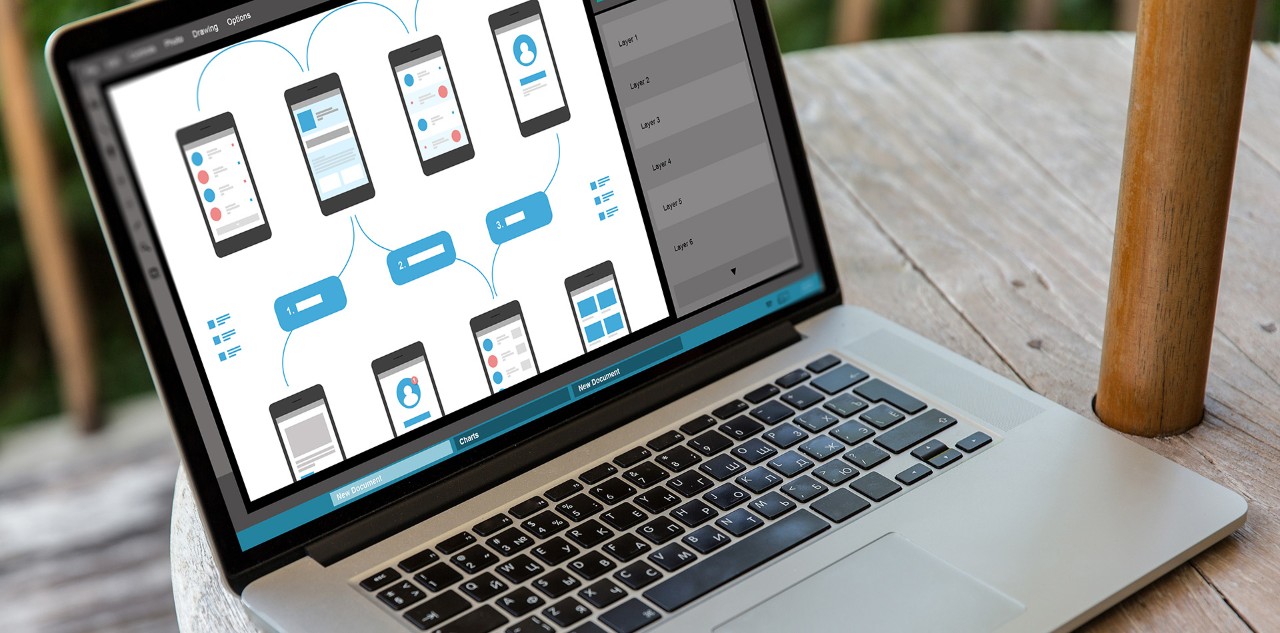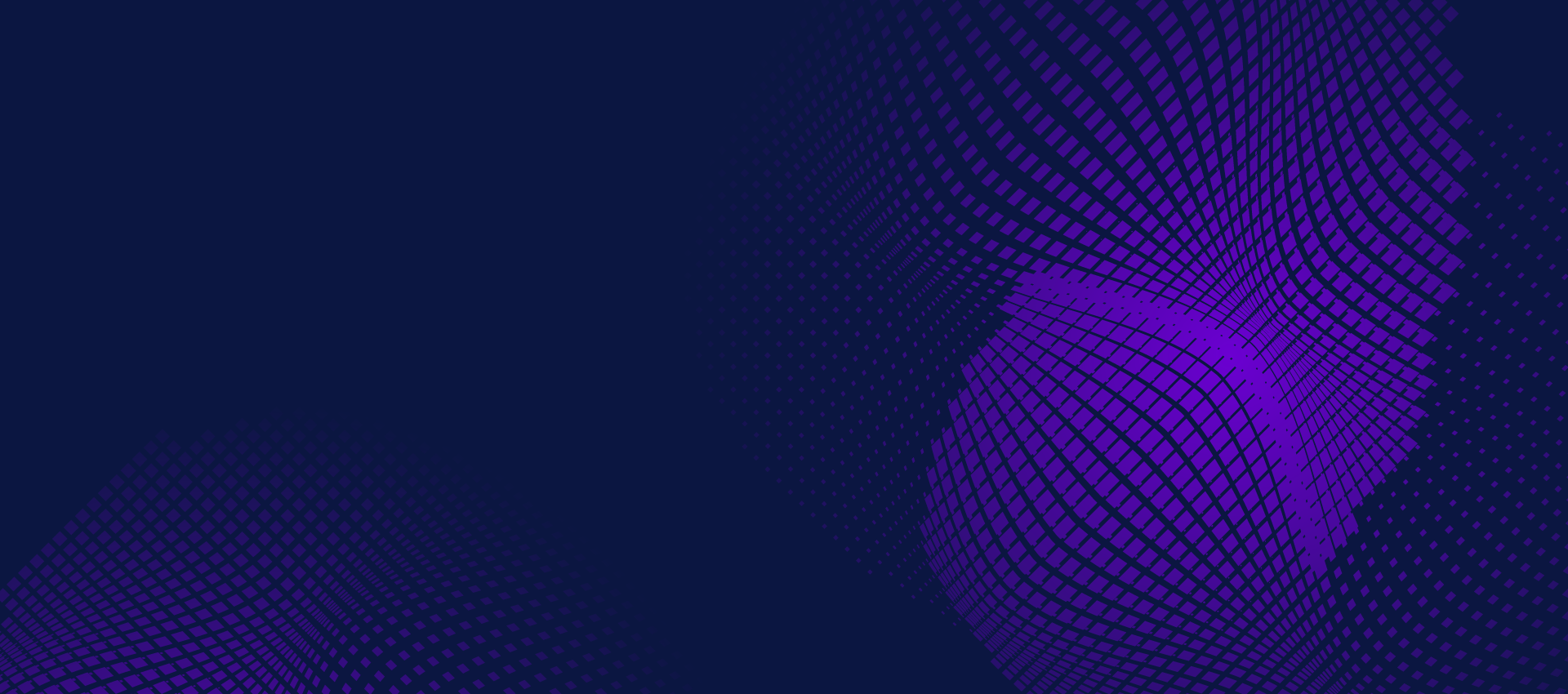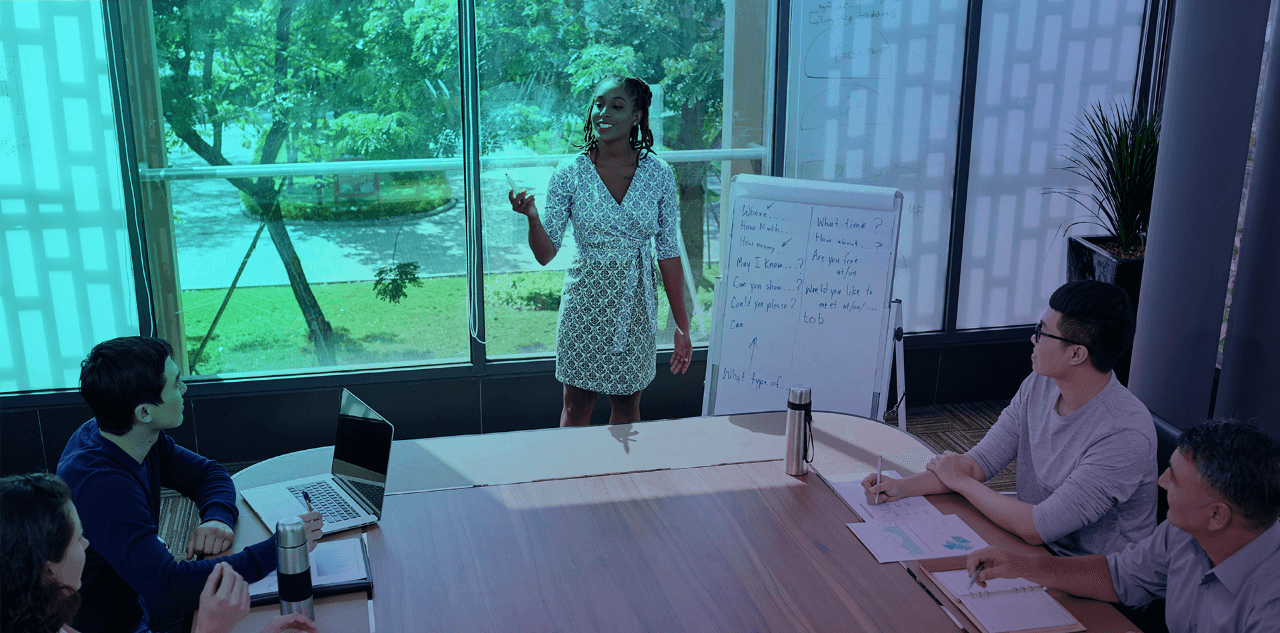Over the years, we’ve seen many developments and advancements in technology, though not everyone has recognized them and embraced them. Some people are stubborn and hesitant to submit to change. Or maybe they are apprehensive about having to put in the effort to learn something new. However, the “compelling reason to change” that Tom mentions is here now, and it’s staring us right in the face. That compelling reason to change is that there is no other option. If we don’t change, we’ll become obsolete.

How Disruption is Changing Everything
When you think about the word “disruption,” what do you picture? Maybe it’s the unexpected lightning strike that creates a sudden shift in an otherwise sunny day. Maybe it’s the strong emergence of a streaming service like Netflix, suddenly attacking the once-thriving DVD industry. Maybe it’s the introduction of a new business methodology or process. Whatever you envision, the commonality among them all is that disruption causes change; it disturbs and interrupts the norm and forces you to come up with new solutions and new avenues to take in reaching a targeted destination or goal. In the context of technology, disruption signifies the uprooting of an established technology, which then generates a new product or service and leads to the beginning of a new industry. Disruptive technologies can be perceived as negative—in that they often make older, well-established technologies become obsolete and can create a chaotic environment associated often associated with major change—but they are also positive, as they herald in new innovations with the power to transform for the better.
End-user computing is undergoing many changes. Many factors are contributing to this shift, and IoT is primed to be the one with the most disruptive impact because of the sheer number of connected devices that are available to so many people around the world. IoT has become seamlessly integrated into our day-to-day lives and is changing everything, including the IT helpdesk. Accessing the internet is no longer restricted to just your computer or mobile phone: IoT has enabled many objects and devices to provide data and information that allow us to gain deep insights into many aspects of our lives. While we’ve seen some glimpses of IoT’s capabilities through items like smartwatches and connected home devices, which are in the hands of many consumers, IoT devices are also becoming prolific in the workplace. Businesses are finding uses for IoT-connected devices because they are always trying to improve their customer experiences, gain deeper insights into operations and the quality of their services, and maximize new opportunities for earning revenue.
Several other catalysts causing the metamorphosis in workplace technology and end-user computing are artificial intelligence, cognitive computing, and automation. They’re gaining traction in the market, and we are seeing new implementations in the mainstream business environment every day. In IT services, this type of tech is also in play. According to IDC, new technologies for automation will drive the Information and Communication Technology (ICT) industry and robotics. They also predict that soon, about 50% of all applications developed in the global market will incorporate some AI tools, driven by the demand for automated machines. Additionally, Bank of America Merrill Lynch (BAML) estimated in December 2015 that the robot and AI solutions market will expand to $153 billion a year by 2020, comprised of $83 billion for robots and robotics, and $70 billion for AI-based analytics. BAML added that adoption of robots and AI could boost productivity by 30% in many industries in the next decade while reducing manufacturing labor costs by between 18% and 33%. With a more widespread implementation of AI will come significant cost savings and higher efficiency as more work will flow through virtual agents.
Using such cognitive and artificial intelligence technologies provides advantages in automating various tasks in the help desk, as opposed to having only humans designated to perform this type of work. One important advantage is that machines are able to process large volumes of information in a short amount of time, with higher accuracy and efficiency than humans. However, automated machines can’t make critical decisions, but they have infinite memory. In end-user computing, the role of humans will shift from being heavily involved in the help desk to more hands-on roles in field services, where they can better utilize their valuable skills which AI lacks. Overall, AI, automation, and IoT will contribute in new ways to end-user computing, and humans will still be involved, albeit in a different way and more critical capacity.
Technology is a paradox. It has the power to destroy but also create and build and grow. If we don’t accept changes and create new approaches, we’ll be left behind, becoming just a page in the history book of technology. Technological innovations in end-user computing and the workplace can shape not only companies’ current businesses but also their career paths for the future, providing them with an enhanced view of their jobs with more critical roles and capabilities in their list of responsibilities—restructured by technology. Prioritizing the potential for anyone to make a discovery that alters the way we think about our workplace and end-user computing is essential for any business that desires to thrive in this age of disruption.
To learn more about Stefanini’s digital offer tailored to end-user computing, click here.




















